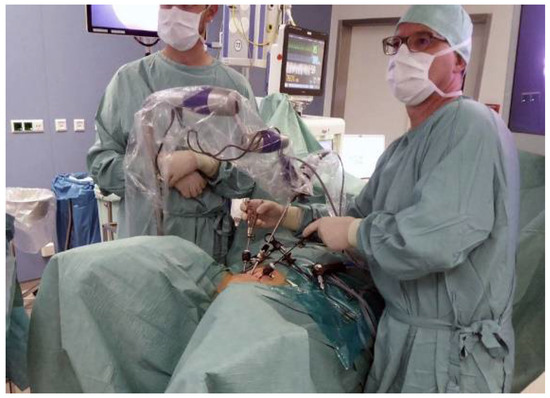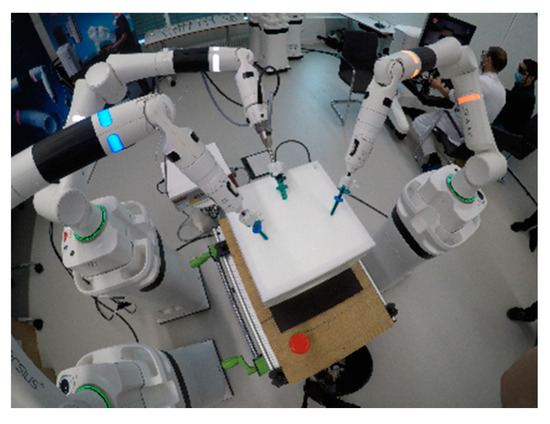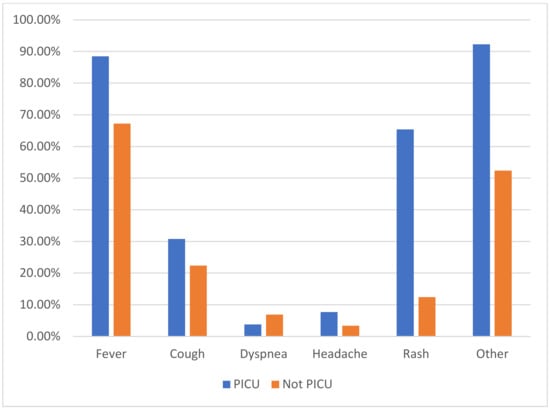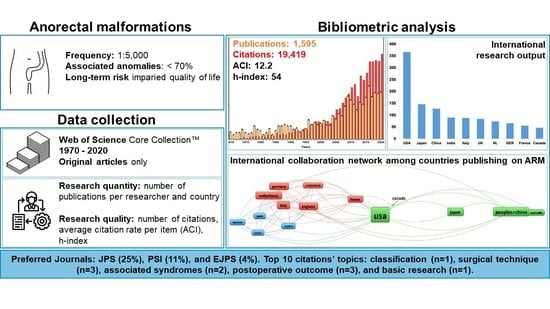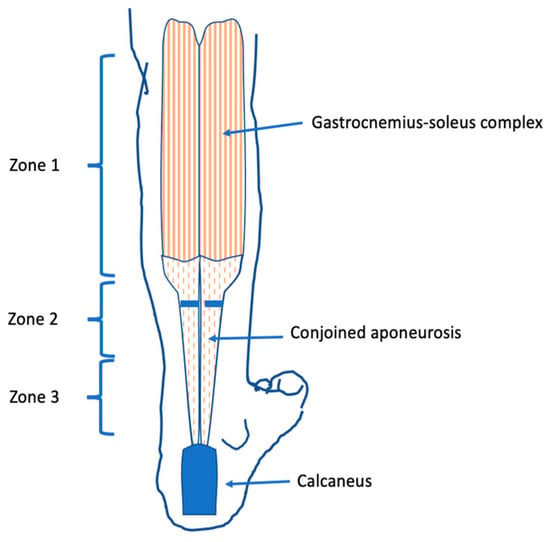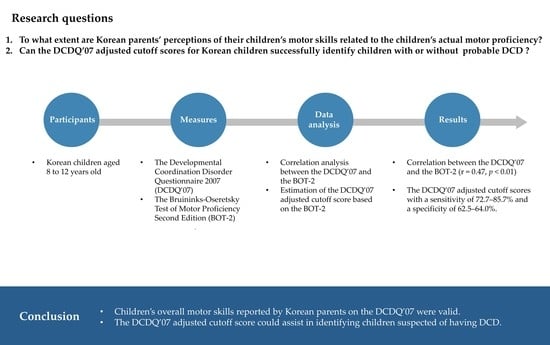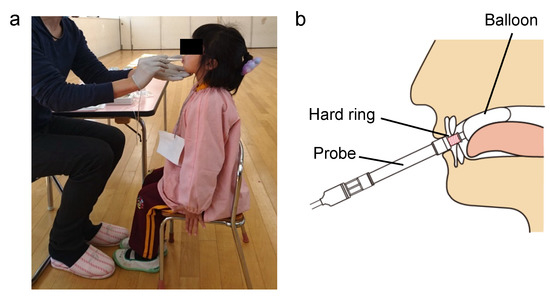Children 2022, 9(2), 216; https://doi.org/10.3390/children9020216 - 6 Feb 2022
Cited by 7 | Viewed by 4220
Abstract
►
Show Figures
Using 318 household data concerning children during middle childhood (8–13), we examined the association among each parent’s marital satisfaction, the child’s perceived family functioning, and the child’s anxiety and depression. Second, we investigated whether the other parent could buffer or facilitate this chain
[...] Read more.
Using 318 household data concerning children during middle childhood (8–13), we examined the association among each parent’s marital satisfaction, the child’s perceived family functioning, and the child’s anxiety and depression. Second, we investigated whether the other parent could buffer or facilitate this chain effect by co-viewing programs via various devices with their child so as to improve the child’s perceived family functioning. Results verified the mediation effect that maternal marital satisfaction was positively associated with the child’s perceived family functioning, which, in turn, decreased the child’s depression. In addition, the results indicated that increased paternal co-viewing enhanced the positive association between maternal marital satisfaction and the child’s perceived family functioning and then decreased the child’s depression. The theoretical and practical implications are discussed within the framework of family systems theory, parental media interventions, and the different roles of the father and mother in family functionality.
Full article

